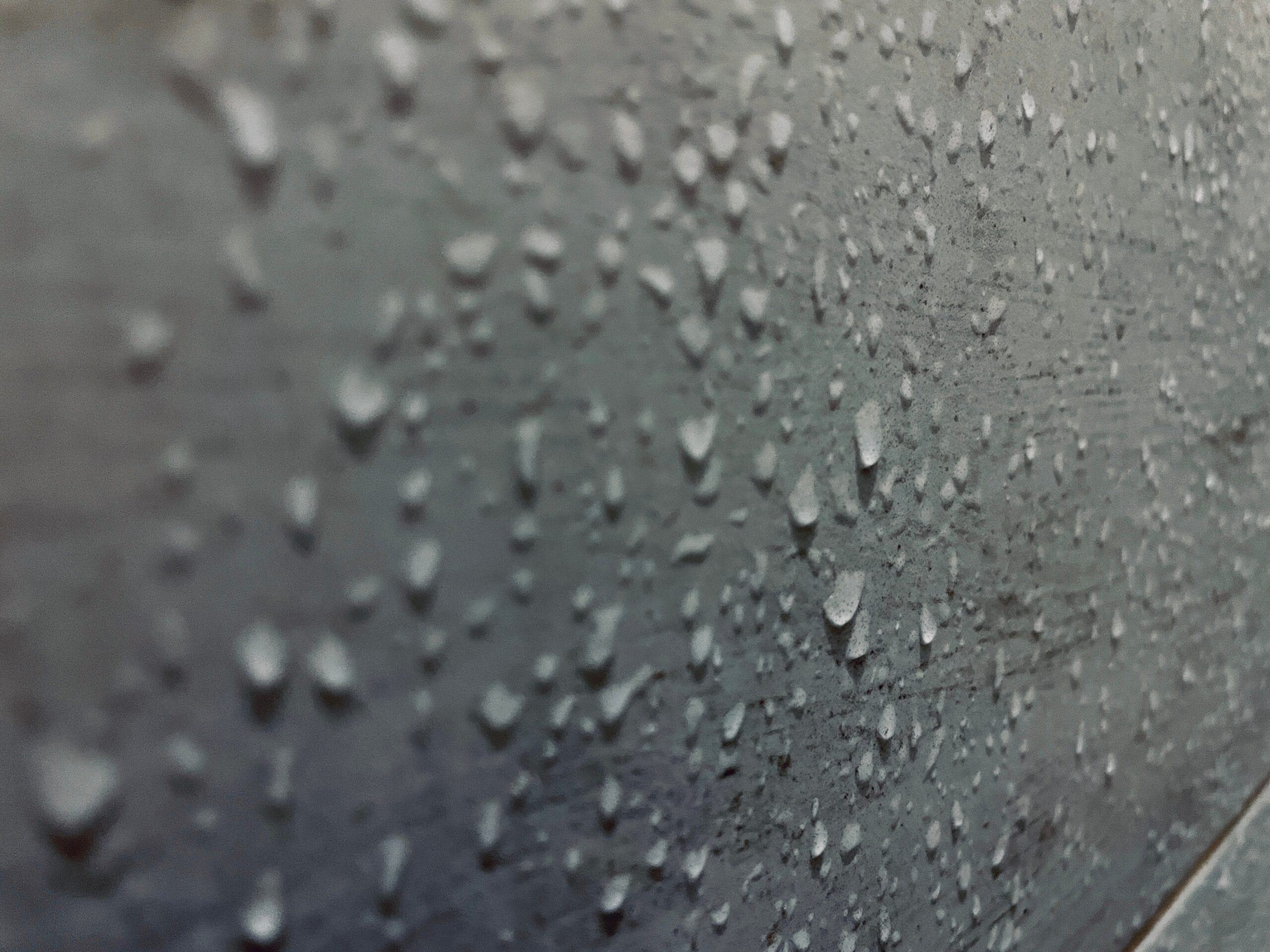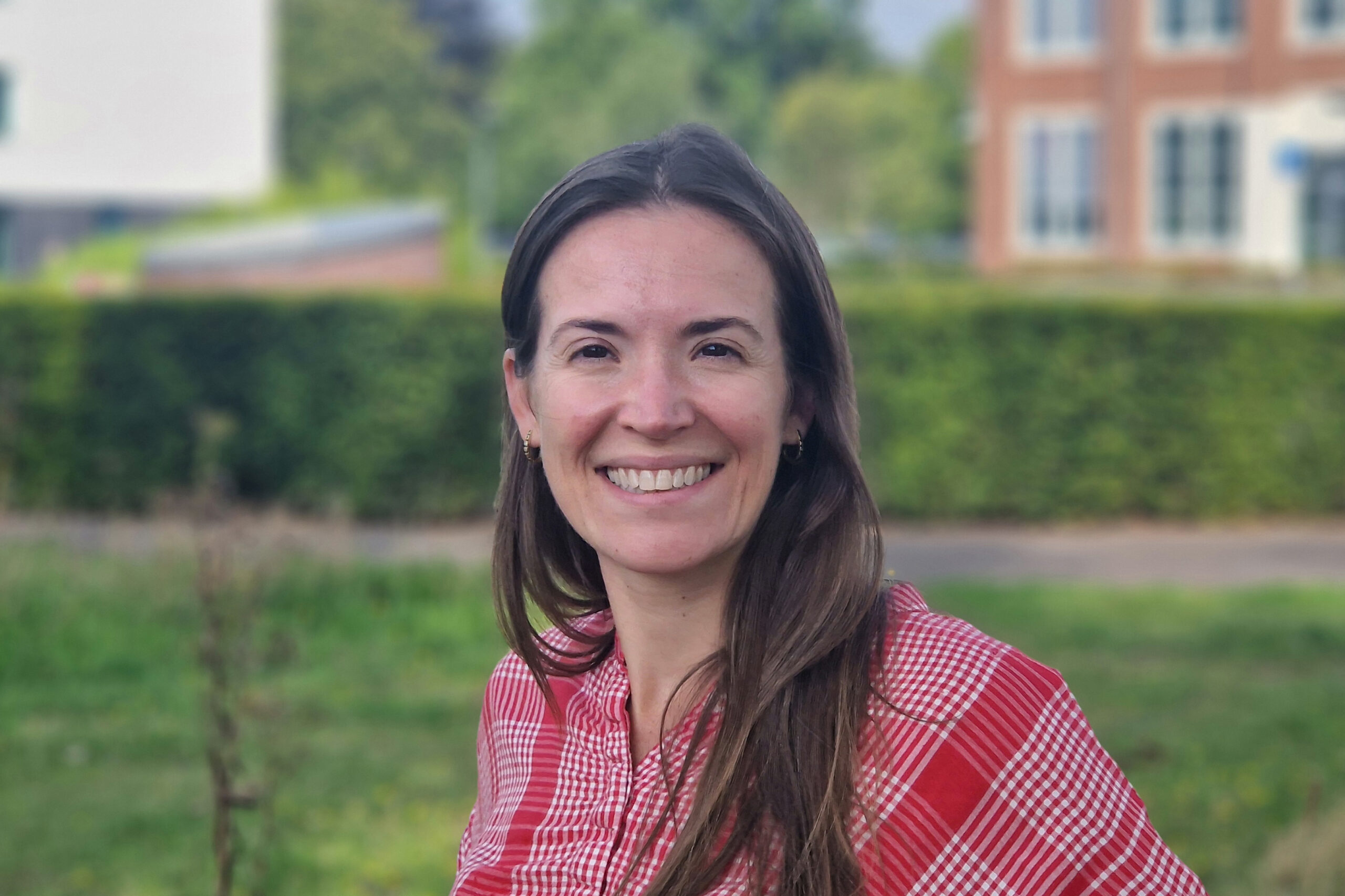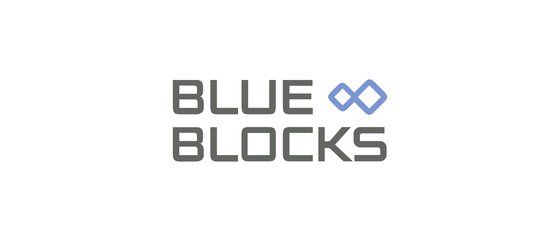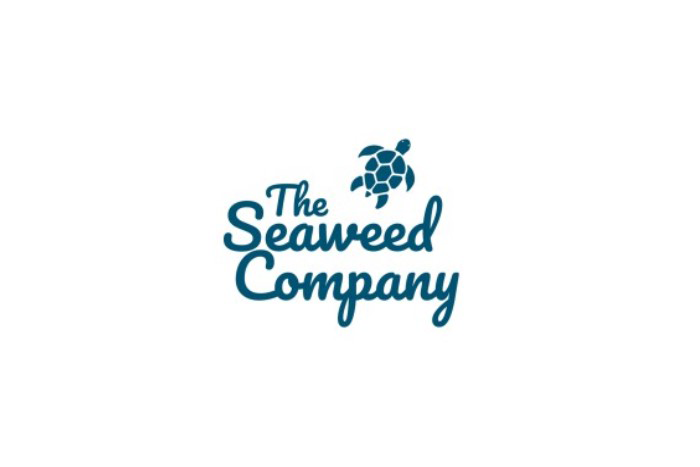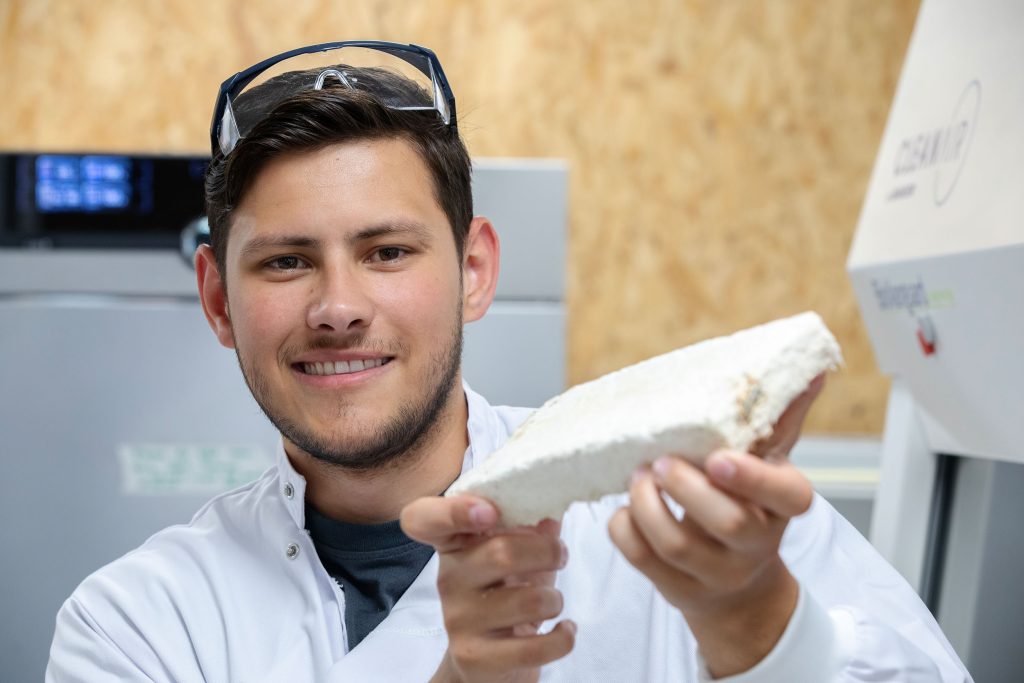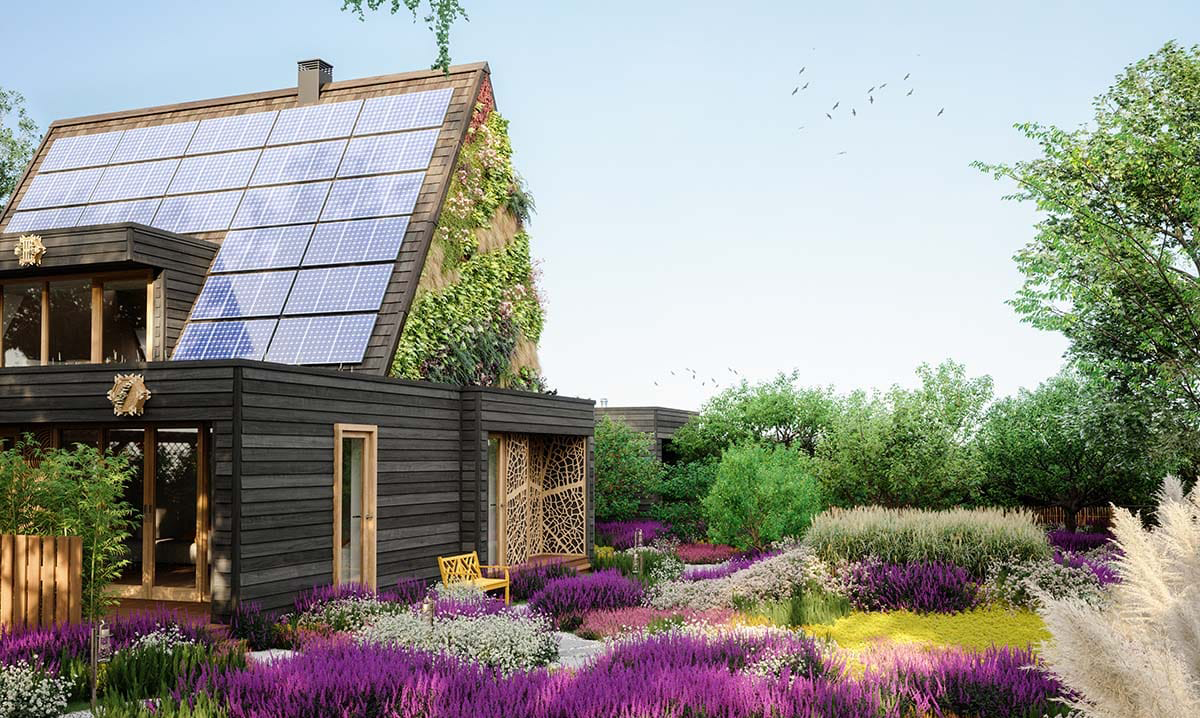Lighter, stronger, and better insulating
The natural fibers added to the geopolymer replace part of the sand and gravel, making the final product lighter than traditional concrete. Additionally, the fibers contribute to improved thermal and acoustic insulation, resulting in long-term energy savings. The fibers are pretreated with the same alkaline substances used in the production of alkali-activated materials, ensuring a strong bond and increasing the durability of the panels.
Synergy between alginates and fiber processing
Alginates, derived from seaweed, can be used as a binder. The use of alkali plays a role in both the extraction of alginates and the pretreatment of the fibers. A key goal of the project is to develop an efficient production method in which the production of the geopolymer and the pretreatment of the fibers take place simultaneously. This process enables the large-scale production of sustainable building materials with reduced CO₂ emissions.
From prototype to practice
After determining the optimal composition of the geopolymer, panels will be produced. Various mixtures are currently being tested in collaboration with students. Ultimately, a full wet cell will be constructed using these biobased geopolymer panels. Through close cooperation with industry partners, this technology is not only being tested but also prepared for practical application. This innovation contributes not only to a more sustainable construction sector but also provides benefits for the region through knowledge development and collaboration with businesses.
This project is funded as a RAAK-mkb subsidy project and encourages collaboration between knowledge institutions and companies to develop innovative, biobased building materials.
January 2024 until December 2025




